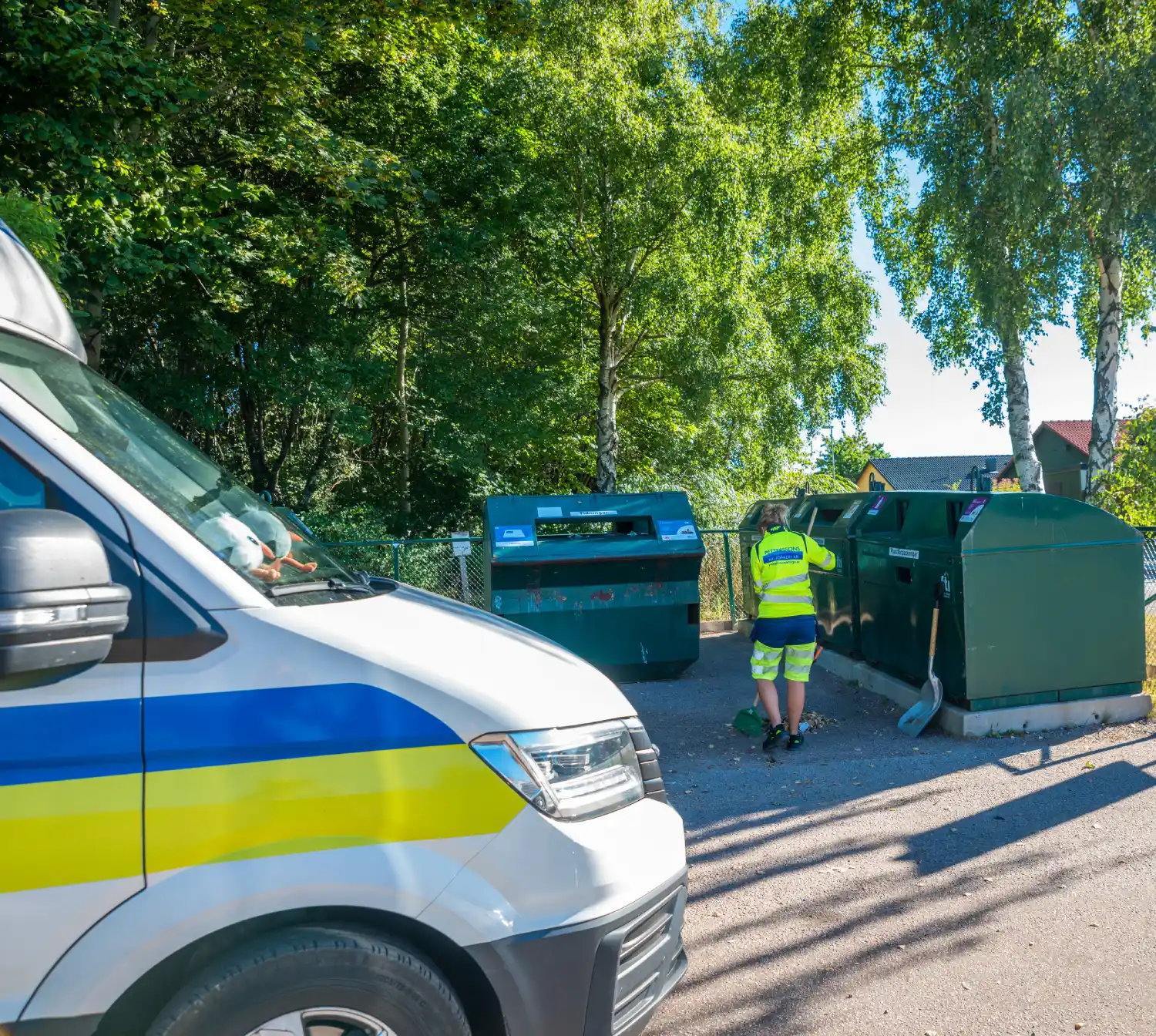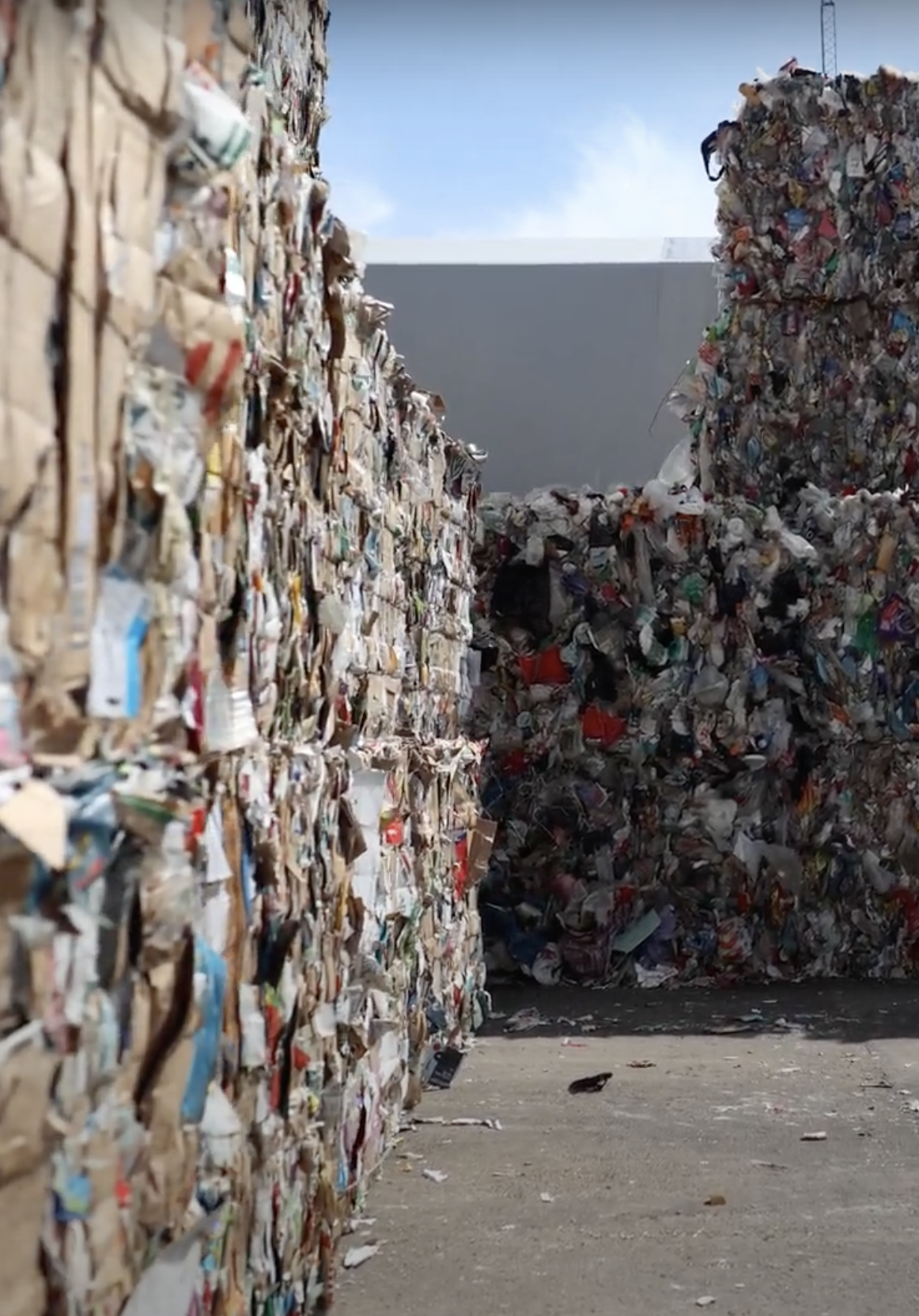How Businesses Are Saving Money by Working with Recycling Companies
How Businesses Are Saving Money by Working with Recycling Companies
Blog Article
Recycling plays a crucial role in environmental sustainability, and knowledge the process behind it can highlight how fresh components are given a brand new life. Recycling Company (Återvinning Företag) follow a organized workflow to ensure spend resources are efficiently developed into used products. This method not just reduces the strain on organic sources but additionally minimizes environmental pollution. Here's a step-by-step search at how the recycling method unfolds—from series to repurposing.
Step 1: Collection and Sorting
The first step in recycling is the collection of recyclable waste. Residential, commercial, and commercial resources lead to the stream of materials. Waste is normally collected through curbside applications, drop-off centers, or mass collection systems. When collected, the resources are moved to a recycling facility for sorting.

At the ability, advanced selecting programs are used to split up materials like report, pockets, metals, and glass. Manual job is usually coupled with sophisticated engineering, such as for instance infrared scanners and magnets, to improve working accuracy. A well-executed selecting method guarantees correct categorization, which is really a critical step in sustaining substance purity.
Step 2: Cleaning and Preparation
When fixed, components have to be washed to remove contaminants like food deposit, dust, or labels. As an example, parts are rinsed extensively before being shredded in to smaller pieces, while metals are stripped of impurities. Washing ensures the recycled substance retains their reliability and may efficiently function as organic material in manufacturing.
Certain types of components also undergo preliminary processing to create them suitable for recycling. As an example, report products are pulped and de-inked to prepare them for delete as fresh report products.
Step 3: Processing and Transformation
Following cleaning, products are prepared and organized for repurposing. Pockets might be dissolved down and reshaped into pellets, materials are smelted into bars or blankets, and glass is crushed in to cullets for delete in new glass products. Only at that point, products are changed into a standardized form that serves as a foundation for manufacturing new items.

Step 4: Repurposing into New Products
Eventually, the processed resources can be purchased to makers who change them in to new products. Recycled parts might become outside furniture or clothing, while materials may be crafted into structure products or new appliances. Applying recycled resources ensures a closed-loop system, lowering the need for virgin resources.
The recycling process is essential in strengthening round economies and promoting sustainability. By subsequent these intricate steps, recycling organizations breathe new living in to materials that will usually donate to landfills. Knowledge this workflow may inspire consumers and companies likewise to prioritize recycling and make conscious possibilities regarding waste. Report this page